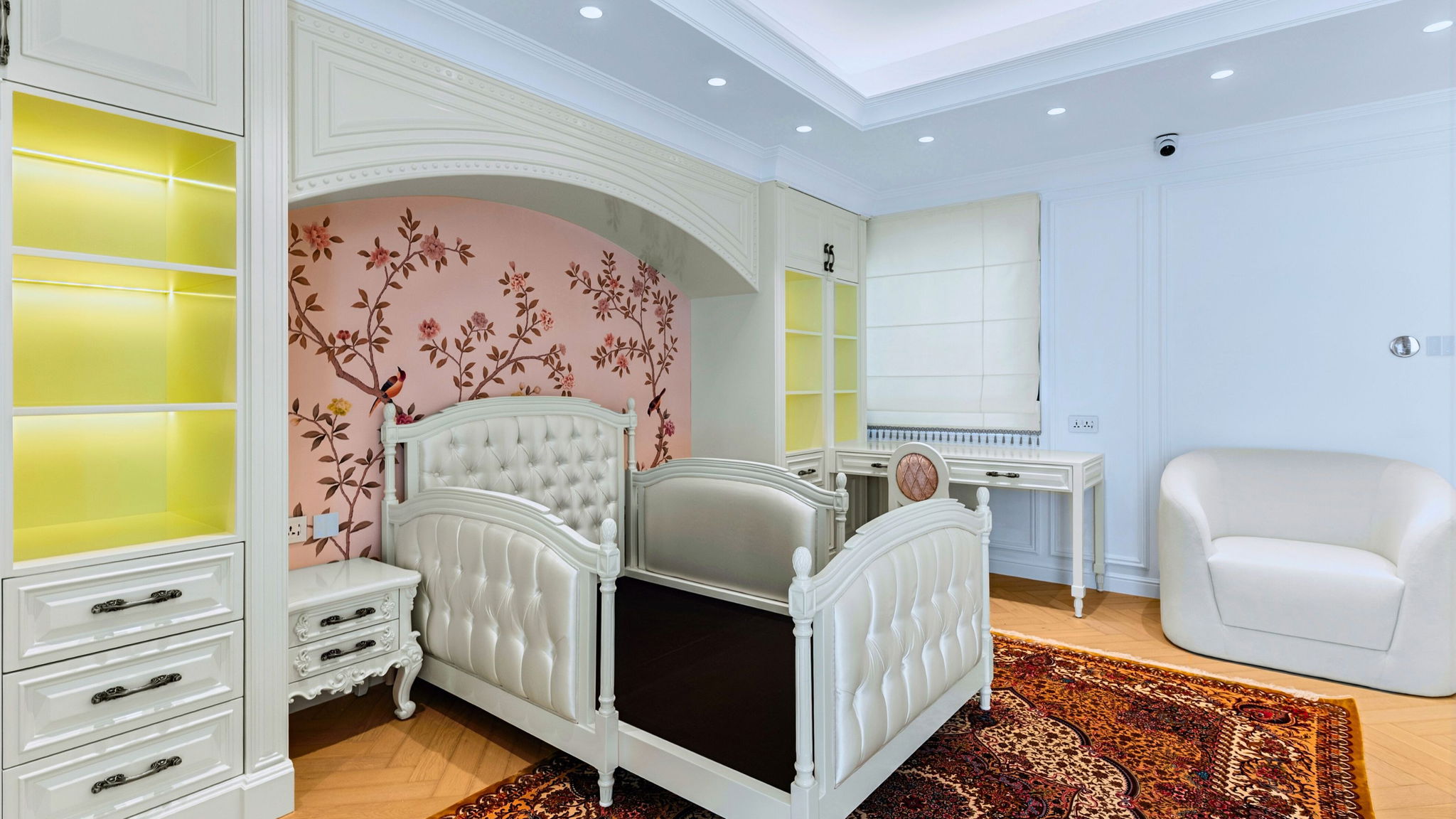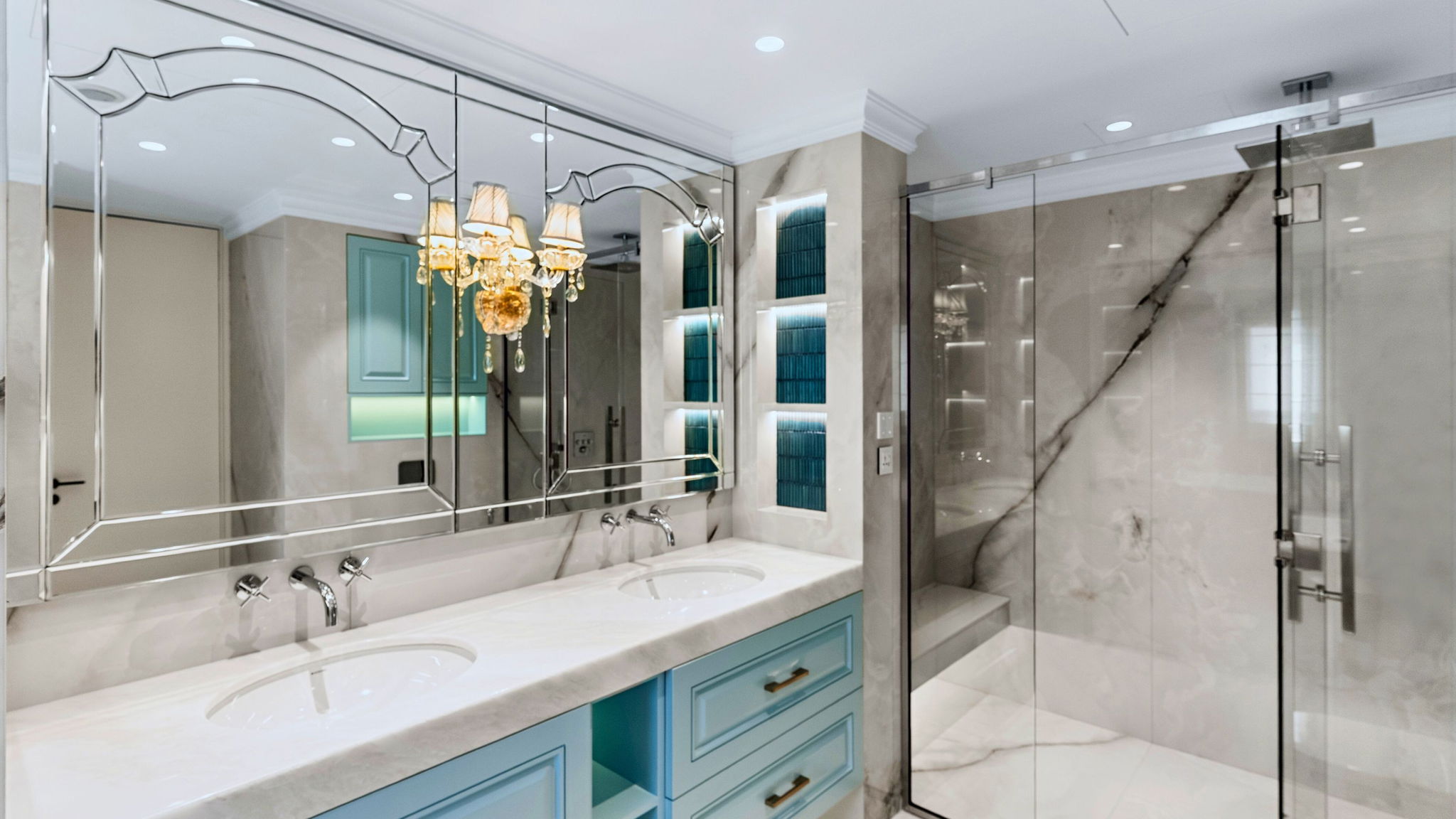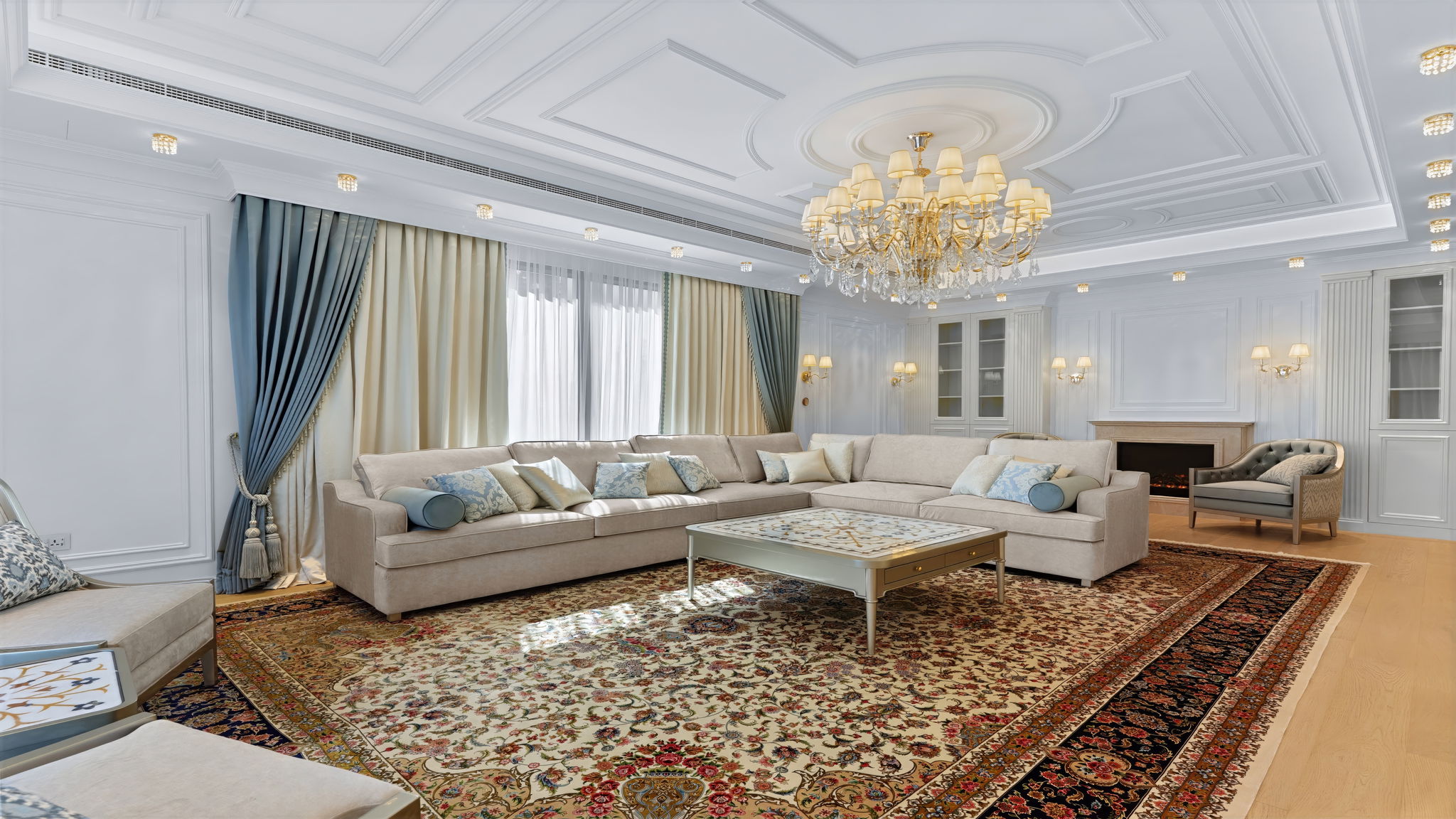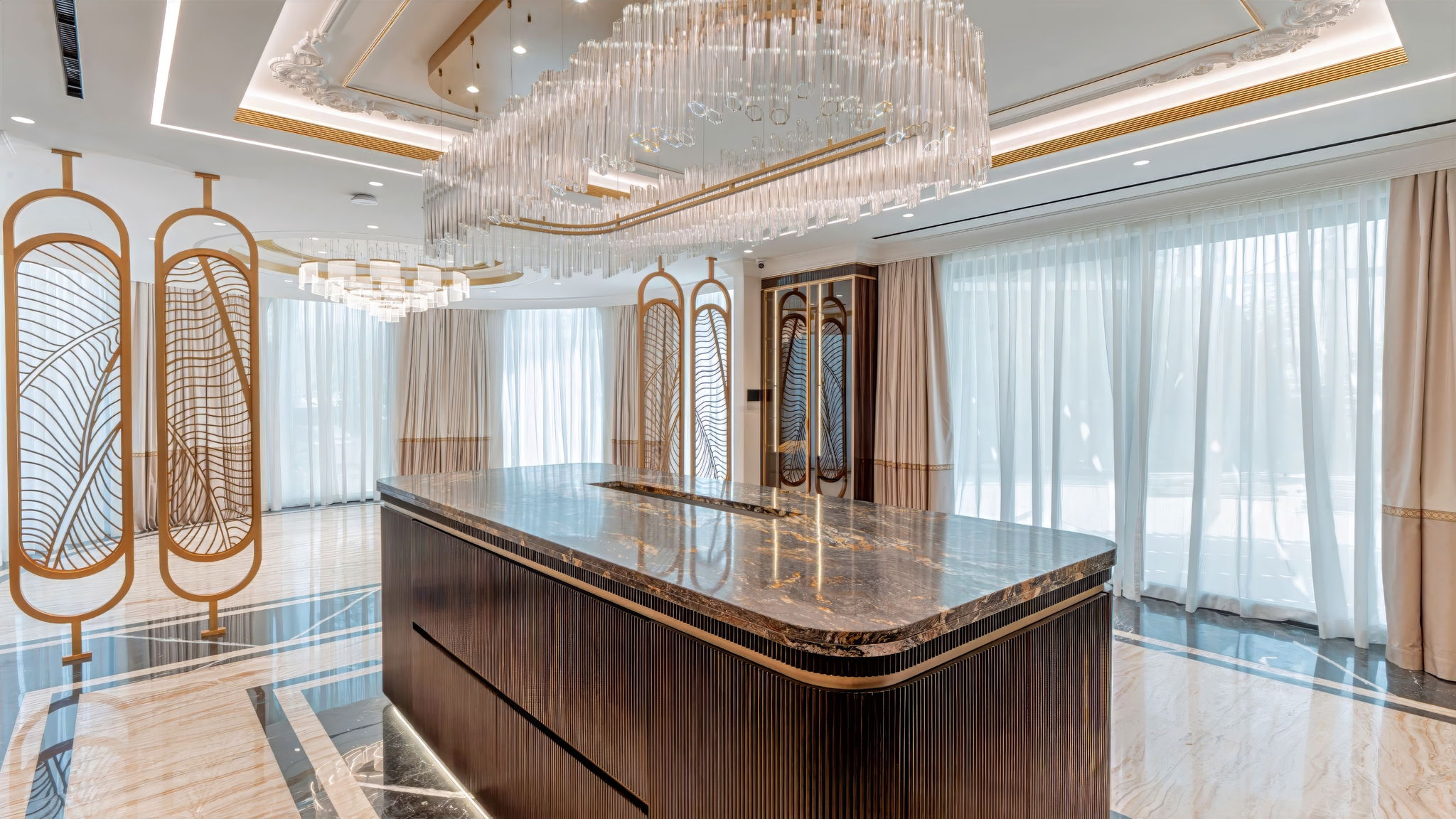
Interior plan South Africa
At the initial stage of construction, the main and responsible occupation is the interior plan. A beginner who has not tasted all the hardships of the construction can get the wrong opinion that the correct layout of the house is not so important and very simple to implement. Unfortunately, it is not!
In fact, competent and correct interior plan is a rather complex process, requiring careful consideration. The complexity of interior plan is that with limited material means you need to manage to make such a plan of the house that would suit all future residents. However, you can get all the fullness of comforts and positive emotions when making a project for yourself, not copying a neighbor. Yes! It is exclusive interior plan of the house is a big advantage
How is it interior plan usually created?
Based on the general data and wishes of households, you can easily make a list of all rooms with the dimensions necessary for the further comfortable living of the whole family. Based on this, it is necessary to draw up a diagram of the connections between the rooms, indicating possible movements around the house. Further, when planning the premises, you should consider:
House placement on the site;
Orientation relative to the sides of the world;
Fire intervals with neighboring buildings.
Only after you can determine the interior plan and the number of levels (the presence of a basement, attic). To ensure a favorable climate and light regime, it is preferable to place the main living rooms on the southern, eastern, south-eastern side; and the kitchen, the dining room on the north and north-east.
Optimum overall dimensions of premises. When planning the premises should adhere to the optimal ratio of length and width. The most suitable values are from 1: 1 to 1: 1.5.
Functional zoning in interior plan
Depending on the functions, the total area of the house and the wishes of future inhabitants, the house can be divided into certain functional areas, parts. There are several schemes of functional zoning:
Two-part zoning interior plan;
Three-part zoning interior plan.
Two-part zoning interior plan - there are two parts in the house:
Day area - has a function of a general-purpose assignment, includes an entrance hall, a living room, a dining room, a kitchen, a toilet, a study;
The night-stay area includes bedrooms, childrens room, bathroom, wardrobe.
In such a house, at the entrance, it is recommended to arrange a zone of day stay, and already in the depth of the house an area of night stay. In the case of the interior plan with two levels, the vertical zoning of the house is applied, where the first floor accommodates the "day-stay", and the second or the attic - "night".
Three-part zoning interior plan - divides the house into three parts:
family-based;
household.
When planning a house with one level interior plan, the all-family and individual zones include living room, dining room, and bedroom. The residential area includes an entrance, a kitchen, storerooms, bathrooms, working rooms, etc. The household zone is located in the center of the house and serves as a buffer between the premises of the all-family and individual zones, as well as the entrance to the house. When planning a house with three levels interior plan, on the lower level, place the household and household zone; on middle, the general household; on the upper - personal zone.
More projects
We will call you back!
Enter your contact details and our manager will contact you.

































